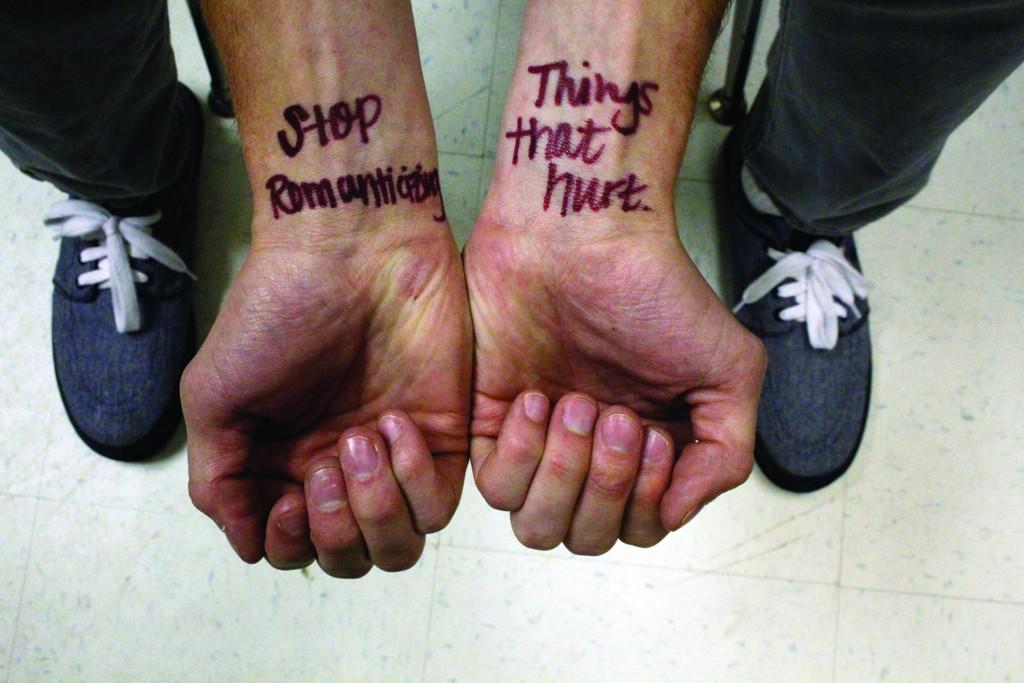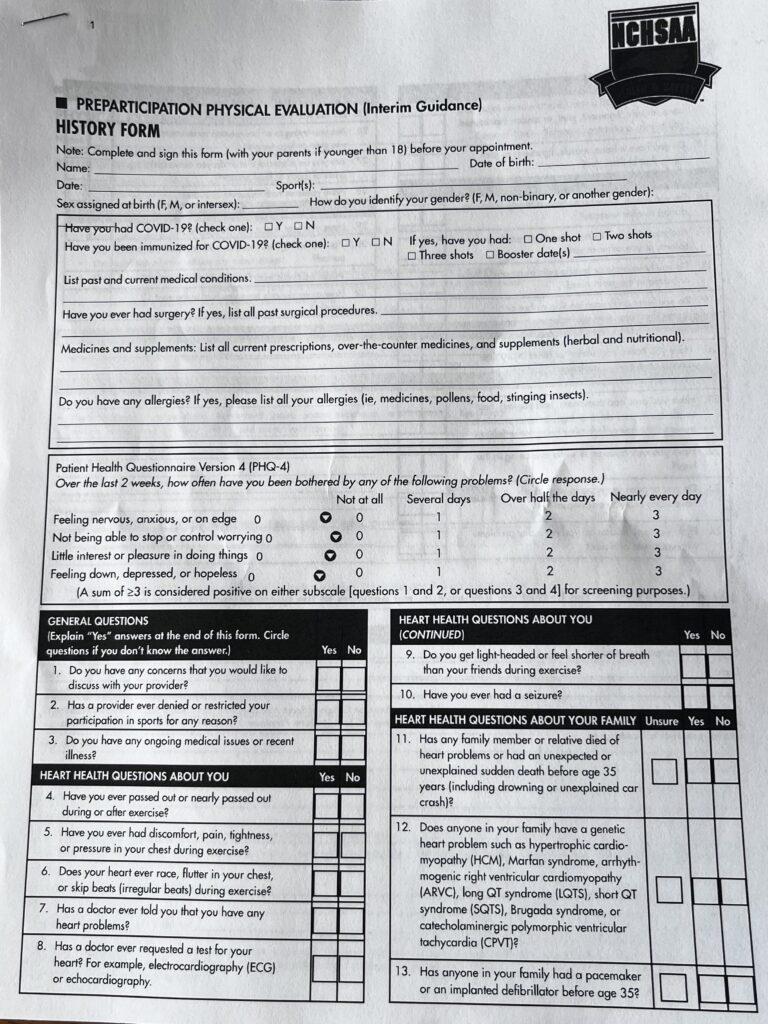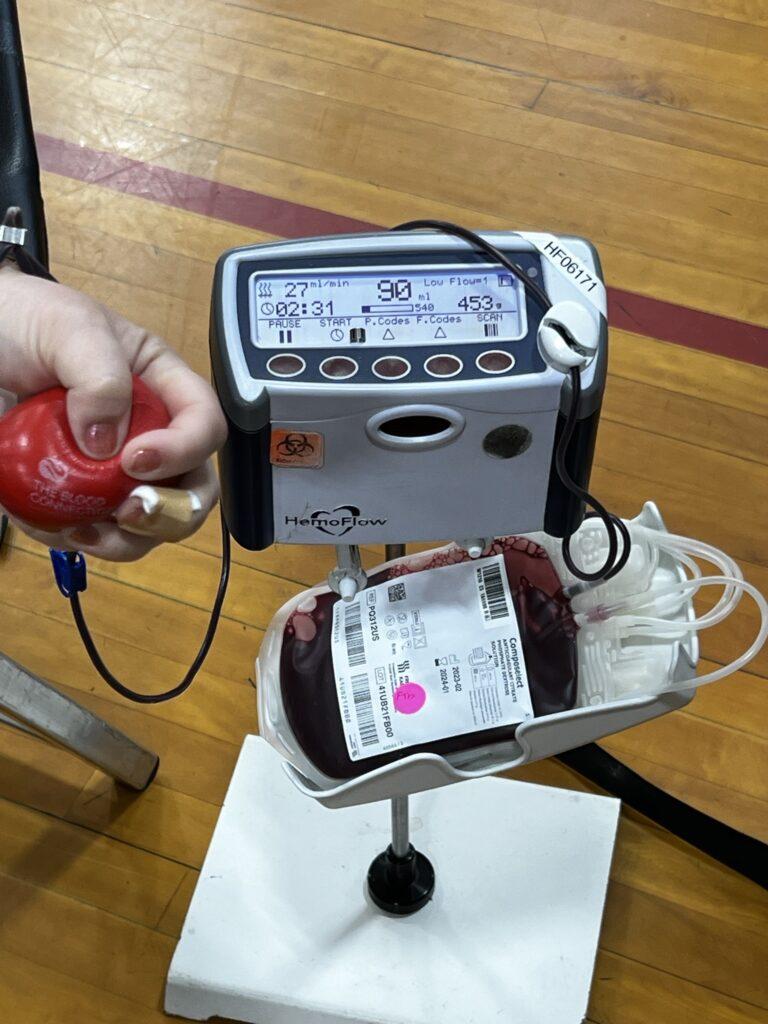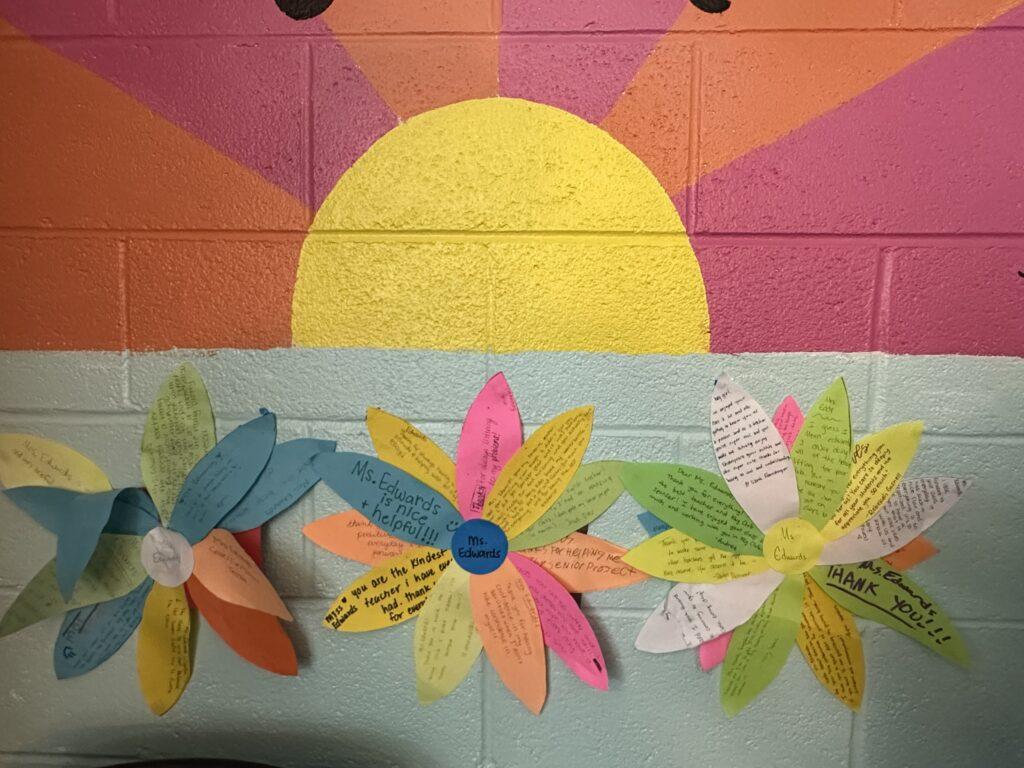She flinches as she approaches the school and the crowd of students clogging the cafeteria. For her, coming to school each day is a challenge. She is afraid of crowds and loud noises.
Her fears, which are already taxing on everyday life, are only amplified by her anxiety disorder.
“It makes my day a lot worse. Eating in the cafeteria itself is a struggle with my being afraid of loud noises,” said the student who asked that her name be withheld. “So is being in a loud classroom or being around any anger or fights.”
According to the Anxiety and Depression Association of America (A.D.A.A.), anxiety disorders are currently the most common mental illnesses in the United States. Around 18 percent of the population is affected by some sort of anxiety disorder.
“I have panic attacks as part of my anxiety. Generally, I will start shaking really badly. I think to myself that I need to calm down, but I can not think myself out of it,” the student said. “My throat starts closing up so that I hyperventilate, and then I can not walk.”
Anxiety is not the only mental illness afflicts Americans and others around the world. More than 350 million people globally suffer from depression. Post Traumatic Stress Disorder, attention-deficit/hyperactivity disorder (ADHD) and schizophrenia are other disorders.
While some of these illnesses only affect a small portion on the world’s population, such as schizophrenia afflicting 1 percent of people, they can still be diagnosed as harmful to those who have them.
“Schizophrenia should be diagnosed when at least two of five symptoms are present for a month: hallucinations (including hearing voices); delusions; diminished emotional expression, rambling, disconnected speech; and odd behavior such as being catatonic,” said Sarah Glazer in Treating Schizophrenia. “Only about 20 percent of people diagnosed with schizophrenia go on to live normal lives without drugs, some studies find.”
As disorders have become more identifiable with developments in medicine, some people have begun to idealize or romanticize mental illnesses. Disorders are found ‘tragically beautiful,’ as are different methods of self-harm.
“(Society) dresses up self-harm and self-hate to be almost glamorous. Negative emotions are seen as things that set users aside from ‘normal’ people who cannot understand their struggles,” said Imani McGarrell, opinion columnist of the University Star. “Pain and mental illness are seen as beautiful and even encouraged.”
McGarrell believes that users on social media websites, such as the blogging platform Tumblr, have taken to glorifying disorders such as anxiety, anorexia or other mental illnesses. Self-harm and poor self-esteem are idealized by people who may not even have a disorder themselves.”
To other psychologists that opinion seems extreme. “It’s a concept I’ve heard about vaguely,” school psychologist Jeff Kilpatrick said. “You don’t want to beautiful in a way where you’re perfect. It’s sounds like people are appreciating the struggles that those with mental health issues go through, so I can see some good and bad in that.”
Kilpatrick believes that it may good to look at those with mental health problems and appreciate what they’ve been through and overcome, and the romanticization of mental illnesses bring that to light. On television shows or reality shows, people who have mental illnesses are highlighted as heroes and their stories are broadcast as main focuses. They bring mental illnesses into the public eye and prompt conversations.
“The downside, though, could be a severe nature of these disorders, especially with bipolar and depression disorders. It’s not something that you go through for a little bit, but then you can struggle and get over it one day,” Kilpatrick said. “There are people who have chemical imbalances in their brains and feel terrible even when things are OK. It’s good to be really clear because that’s nothing to be romanticized because people struggle with it and it affects their lives.”
By MaryKent Wolff













